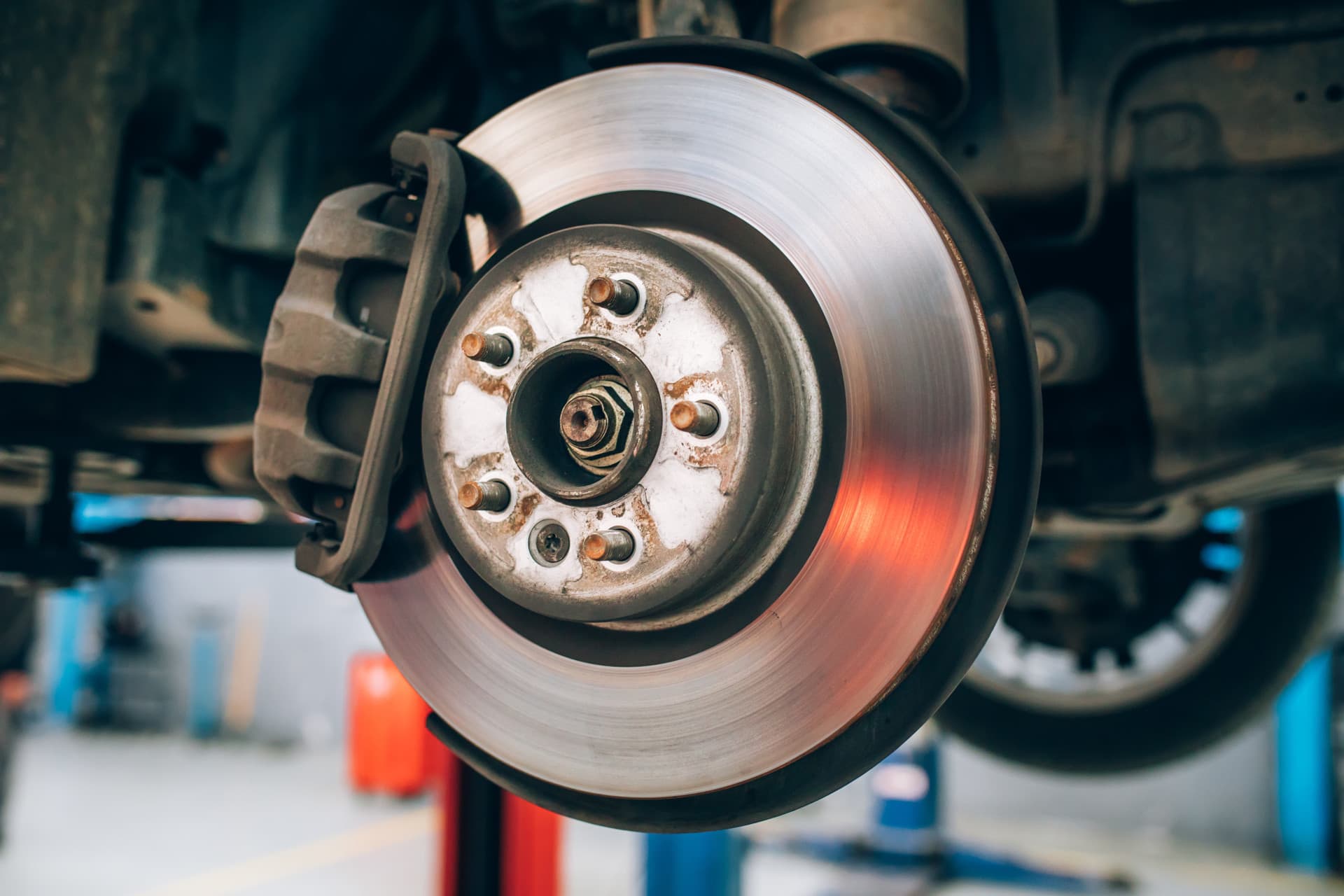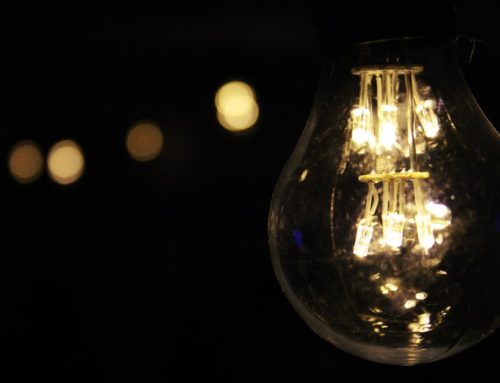As you work on a project, you may find your load moving more quickly than your motor’s designated speed. What now?
In this situation, the motor functions like a generator, using mechanical energy to product electrical energy. However, the electrical energy has to go somewhere. And that’s where dynamic braking comes in.
Here’s a rundown on what dynamic braking involves, and how it works in a direct-current, or DC, motor brake.
Let’s get started!
What Is Dynamic Braking?
Dynamic braking, also called rheostatic braking, allows you to break a motor by reversing the torque’s direction.
With your brake, you essentially disconnect your running motor from its power source. Your motor’s rotor will then begin to rotate due to inactivity, thus functioning as a generator.
At this point, the torque and the flow of the current are reversed, which causes your motor to come to a stop.
How Does Dynamic Braking Work with a DC Motor?
When you detach electric motors from their power supplies, they generally have no problem stopping. However, for a large motor, stopping will take longer.
Here’s why.
A large motor has a high amount of rotating inertia, as the stored energy must be dissolved through wind friction. However, with a dynamic brake, you can improve this situation by making the motor operate like a generator.
As we mentioned earlier, when the rotor acts like a generator, the torque is reversed. In this situation, a dynamic brake will force the torque that is going opposite of the rotation path to go on the shaft. This will help your device to come to a rapid stop.
Also, during this process, the energy that has been stored in your motor will dissipate as a result of the resistance of the braking process.
This process of dynamic braking comes in handy for applications such as conveyor belts, pumps, centrifuges, and fans. It is also helpful for trolleybuses, electric automobiles, and electric trams, for example.
How We Can Help with Our DC Motor Brake Production Services
We offer top-of-the-line DC motor brake production services for a wide range of applications.
Our electronic brakes are excellent for forcing a high-inertia load to come to a full stop without utilizing friction. They accomplish this by adjusting direct currents and alternating currents freely via electromagnetic forces.
However, in addition to allowing for rapid starting and stopping, they are low maintenance. They also make it safer to work with loads in a variety of applications.
In addition, the problem with mechanical brakes is that they are often associated with production and maintenance downtime. However, with our high-performance electronic motor brakes, you can eliminate this downtime. And this will boost your bottom line long term.
Get in touch with us to learn more about how our DC motor brakes can help you to get the job done efficiently and effectively from one task to the next.






